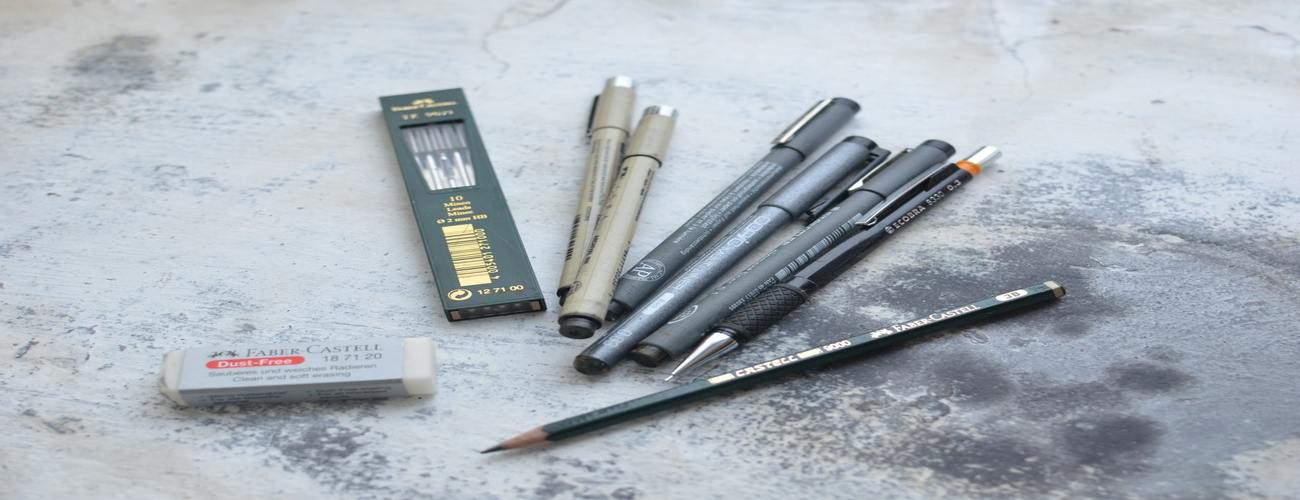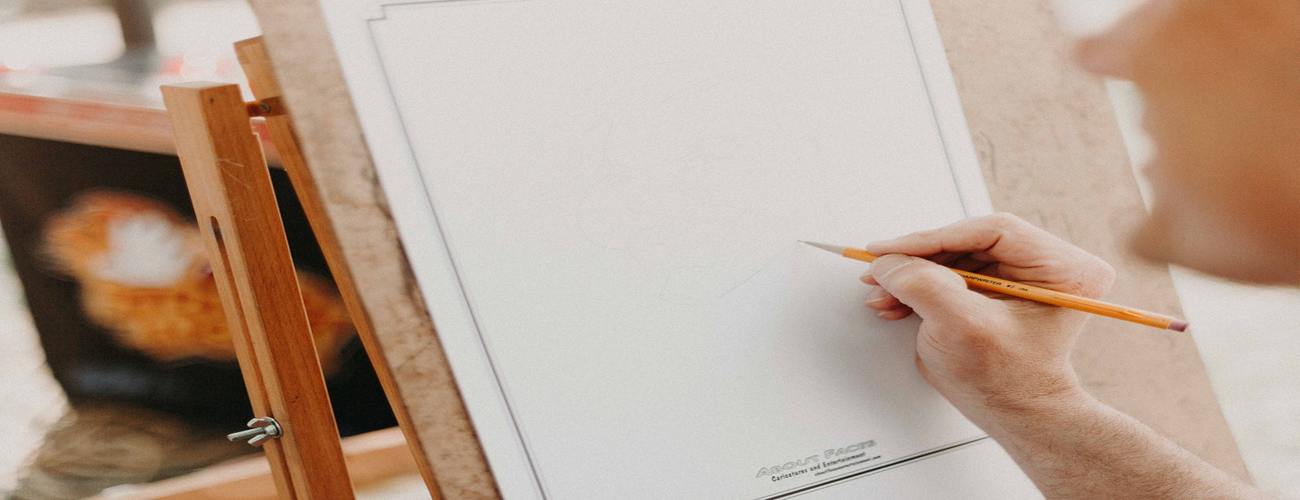On a northwestern Guizhou typical tableland, placed at associate altitude of on top of a pair of,000 meters mediate untouched biome hills and mountains, stands the Cuisuba Lolo Cultural & traveller Center. Completed in March 2021, the middle was formed as a landmark to pay court to the Lolo individuals, associate cluster|ethnos} group chiefly residing within the mountainous regions and rural areas of South-West China. The building grows from a slope with a most inclination of twenty degrees, encircled by mountains all around. Commissioned by the Dafang County business enterprise Development workplace so as to produce the essential structure to market business enterprise within the space, the middle aims to become a symbolic landmark celebrating Lolo culture.
West-line Studio encompasses a long history in building cultural centers in Guizhou province influenced by native ethnic minorities; the practice’s approach has perpetually been characterised by a deep analysis on the peculiar cultural aspects of a selected community, which may end in rites, fabrics, patterns, construction techniques, festivals, and pictograms, so as to bring a number of these distinctive options into the planning, making a powerful bond with native culture and collective memory.
For thousands of years, the Lolo individuals are considering the tableland a sacred place wherever to worship heaven and earth and celebrate the ‘Torch Festival’, one amongst their main holidays. The pageant commemorates a renowned Lolo matman WHO used pine torches to prevent a locusts’ plague. Symbolism has perpetually vie a major role in West-line Studio’s work, and during this cultural center, the reference to Yi's ancient culture seems through several layers. initial of all the building mass resembles the standard Lolo killing altar, wherever sacrifices talk to offers.
The building, in its straightforward volume, is characterised by associate picture roof consisting of a acetabular arc. This fine arts gesture aims to indicate a response to the stress of nature, and once more refers to Lolo killing symbols. The roof establishes a dialogue with the sky through the fanlight system and therefore the solid works as a rain collector. Via the gutter system the water vertically flows through the out of doors courtyards, making a vertical affiliation of sunshine and rain throughout the building, whereas finding the inner lighting and ventilation. Another vital feature is that the out of doors concrete ramps, that with their folding and undulating movement evoke the ascension procession over to hills throughout the ‘Torch Festival’.
The construction system is predicated on concrete technology mixed with native sand. The sand mixture helps engrave the wood texture given by the formworks, complete with recycled panels from declining Lolo homes and native pine wood. The rough concrete interiors along with the black metal window frames and ceiling facilitate frame the out of doors landscape, creating it the protagonist of the inside atmosphere. The 3 floors ar characterized by a free arrange wherever 2 structural units mix all the most service functions; this spatial production mode derives from the questionable ‘group technology,’ typical of Guizhou mountain villages.
The indoor hanging court, with its red and yellow skylights, creates a holy atmosphere and a way of formality area from the distinction between the coloured lights and dark area below. The indoor atmosphere is unbroken dark advisedly that the out of doors bright scenery will stand out; guests become silent wanderers of the wild biome and ar immersed during a suspended time as gazers of history.
The spatial indoor layout combines the ritual mnemotechnical structure with a a lot of modern purposeful system. Lolo Cultural Center aims to become a mute monument that stands alone resembling Lolo culture through symbolism and in making a ritual atmosphere.











